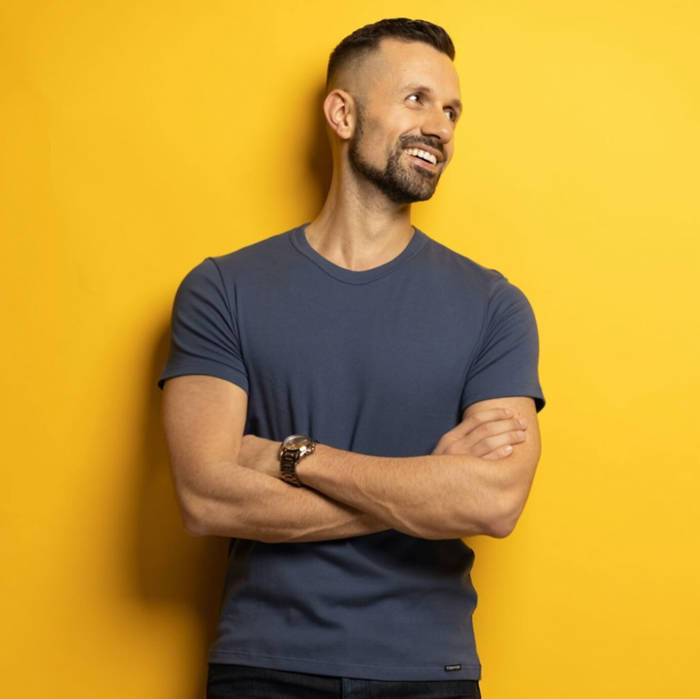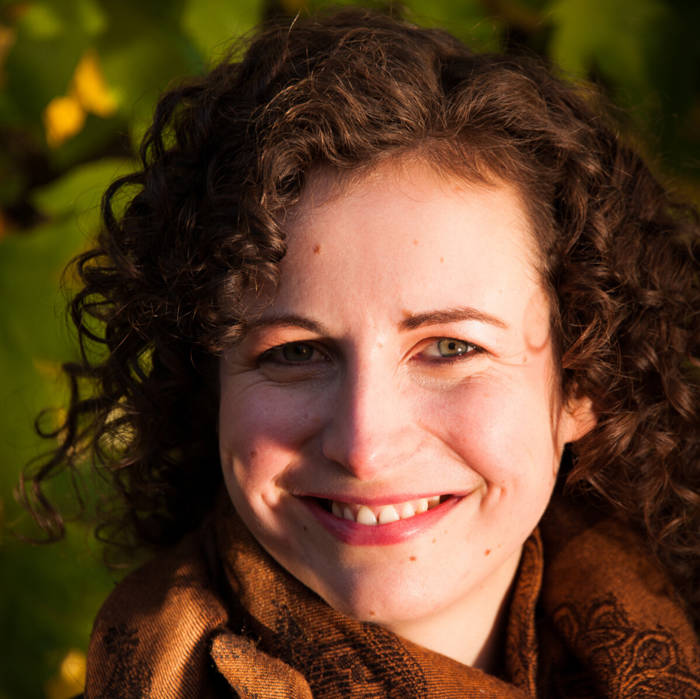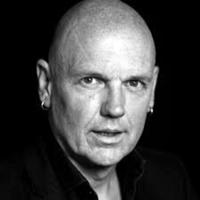Introduction to Fitzmaurice Voicework
Thursday 14th January 2021, 5:00 PM - 7:00 PM (London Time)
This is a 2 hour introductory session into Fitzmaurice Voicework®, aiming to help you sense the fundamentals of the work, connect to your own learning and experience of the body:voice, and give you possible openings of curiosity into allowing the voice to be unique, authentic, present, resonant, alive and communicative. We will look at the four main ‘themes’ within the work, destructuring, restructuring, presence and play; we will make time to reflect on the practical elements – and the more intellectual considerations in connection with other modalities in voice work.
Fitzmaurice Voicework® was developed by Catherine Fitzmaurice to enable actors to be more playful and present; allowing the voice to be reactive to the needs of the body, the breath and the thought in the present moment; creating more options within performance, freer creativity, and a deeper sense of the body’s ability to express with reactive freedom and energy in the breath, releasing psycho-physiological holding patterns and connected breathing constraints. It is taught in the MFA Acting programs at Yale and Brown, as well as NYU undergraduate studios, the University of California – Irvine, Moscow Art Theatre School, Shanghai Theatre Academy, and many other theatrical institutions across the world. It integrates well with other modalities of voicework, actor training, and is also used in corporate coaching and teacher training.
Much of the session will be an exploration, practical by nature; there will be time for discussion of individual and collective experience. There will be some ‘floor’ work: If you have floor space available and a yoga mat this will suffice. Please wear loose-fitting clothes you are comfortable in for movement, and have layers that you can add or remove with changes of body temperature if needed. If you have a zafu, or hard cushion, that would be helpful, along with somewhere to write [or scribble] notes. If you do have a section of text learnt, a monologue, a section of a song or poem [around 8 lines] you will get the most out of the session.
Jedd Owen-Ellis Clark
Jedd Owen-Ellis Clark is a voice and singing specialist, practitioner, researcher, singer, writer and performer, teaching voice studies and practical vocal arts...
Sorry, this is an archived short course...
We have plenty of upcoming short courses coming soon. See details of some of them below or look at the full list of short courses.


Thursday 11th December 2025
8:00 AM - 10:00 AM
(London Time)
Picking Up Good Vibrations: Pedagogical and Clinical Voice Analysis!

Dr Calvin Baker
Voice teachers and clinicians strongly rely on auditory perceptual modes of voice evaluation. These are considered the gold standard for assessing voice quality and training effects (e.g., a singer’s progress from lesson to lesson or across voice therapy). Join Dr Calvin Baker as he explores techniques for instrumentally analysing the singing voice. Specific considerations for the challenges of obtaining reliable, robust, and comparable data will be presented, and practical recommendations for recording and analysing the singing voice in pedagogical and clinical contexts will be made.


Thursday 11th December 2025
5:00 PM - 7:00 PM
(London Time)
The Pedagogy of Vibrato: Integrating Science and Studio Practice

Dr Justin John Moniz
Vibrato is more than just a shimmer in the sound—it’s one of the voice’s most powerful tools for artistry and expression. In this dynamic course, Justin John Moniz—Associate Director of Vocal Performance and Coordinator of Vocal Pedagogy at NYU Steinhardt, and Associate Editor of the Journal of Singing—pulls back the curtain on vibrato, blending history, science, and studio know-how into an engaging exploration for singers and teachers alike.


Tuesday 16th December 2025
2:00 PM - 4:00 PM
(London Time)
Inspired Sound: Unlocking the Science of Choral Acoustics

Professor Helena Daffern
In this session, Professor Helena Daffern will explore the fascinating science behind choral sound, offering choir singers and directors valuable insights into achieving a cohesive and expressive ensemble, no matter what their standard. The concept of choral blend will be examined —what it is, how it can be cultivated, and the roles of intonation and vibrato will be analysed. The decisions that have to be made around intonation when tuning thirds or dealing with modulations over the course of an a cappella piece will be explained in the context of existing research and different singing styles such as barbershop singing and solo voice ensembles.
